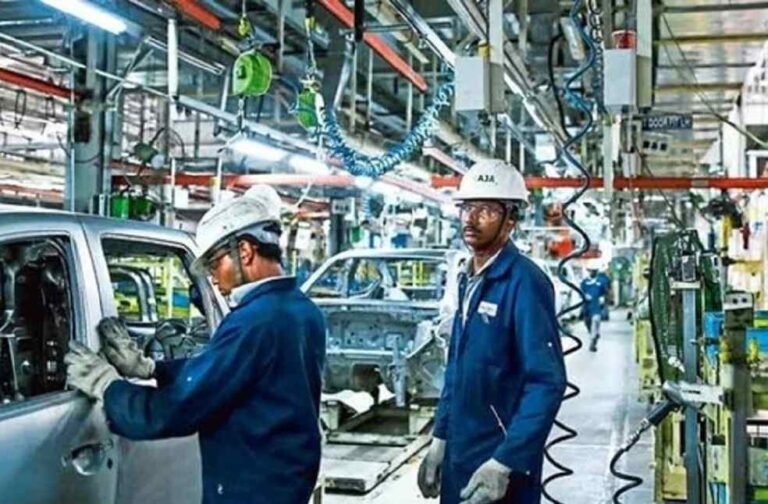The Indian auto industry is on track to cut imports by ₹25,000 crore (approximately $3 billion) by the end of the current fiscal year through increased localization of advanced components like electric motors, airbags, and automatic transmissions. This ambitious target aligns with a push to reduce dependence on imported parts and enhance domestic manufacturing capabilities.
Industry bodies, including the Society of Indian Automobile Manufacturers (SIAM) and the Automotive Component Manufacturers Association (ACMA), have spearheaded initiatives to localize up to 20% of components compared to FY20 levels. These efforts focus on critical areas such as drive transmissions, engines, steering systems, and electronics, which account for 70% of automotive imports.

Between FY20 and FY22, the industry achieved net localization gains of ₹7,018 crore, offsetting incremental imports from rising production volumes. Over the next three years, the sector aims to add another ₹17,977 crore in net localization gains.
In the first half of the current fiscal year, imported components valued at $11 billion constituted 28% of total imports, primarily sourced from China, Japan, South Korea, and Germany, reflecting a 4% year-on-year increase. Despite this, exports of auto parts grew at a faster pace, rising 7% to $11.1 billion between April and September 2024, with shipments to key markets in Asia, Europe, and North America.
This dual strategy of reducing imports while boosting exports positions India’s auto sector as a growing player in the global automotive supply chain.
NEW LAUNCH | Audi Kicks Off EV Production at New Changchun Plant





